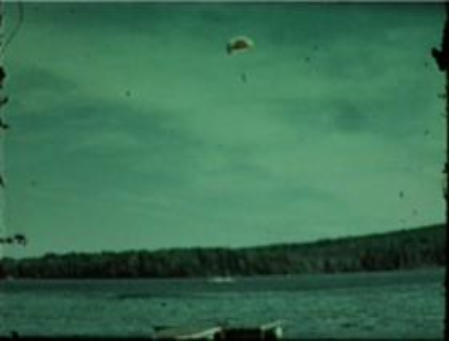
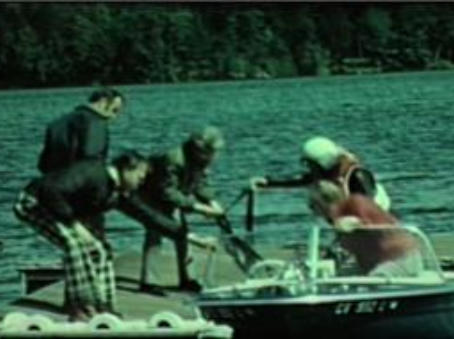


1971, McCulloh took the first step to modernize commercialized parasailing by introducing a stationary
parasail launching and retrieval platform as an improvement over land based and beach launch and retrievals
operations with a focus on improving the safety of for the parasailor. The basic concept of this system was to
move the operations from the beach into open water whereby the launch and recovery process away form
obstacles. The parasail launching and retrieval platform was anchored offshore in an area without boat traffic
and obstructions. Participants were shuttled to the platform by a tow vessel which consisted of the driver and
observer. The platform ground crew consisted of two people that were in charge of assisting parasailors
throughout the process.
1972, McCulloh added an outboard motor to the stationary parasail launching and retrieval platform to create
the first motorized parasail launching and retrieval platform which significantly improved the launch and
recovery of parasailor vs. the stationary platform. Unfortunately, the motorized platform required up to five
crew to operate, (2) crew on the tow boat, and (3) crew on the platform each of whom had to coordinate the
launch and recovery while underway with precision. This method was more costly to operate vs. the Stationary
Platform but provided additional safety.
Welcome to the
Parasail Safety Council Website
The worlds premiere source for parasail information
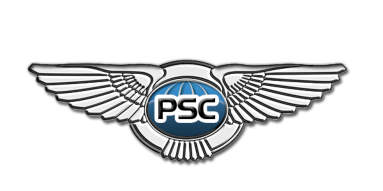

In 1971, Mark McCulloh took the lead in parasail equipment designs and pioneered modern day
commercial parasailing equipment by developing cutting edge products and setting industry
standards worldwide. His journey began in the early 70's with the introduction of the world’s first
offshore parasail platforms which eventually resulted in the legendary Winchboat which
revolutionized parasailing and ensured the breakthrough and expansion of the commercial
parasailing marketplace worldwide. With regard to the industry Accomplishments? McCulloh is
credited for single handedly creating modern day parasail equipment.
Parasail Equipment Inventions? His list of accomplishments speak for themselves. The World’s First: - Stationary Platform; Motorized
Platform; Winchboat; Floating Harness; Hands Free Canopy Launching System; Gondola Chair; Automatic Hydraulic Winch; Self Contained
Portable Parasail Launch and Recovery System; Winchboat Conversion Kit; Military Water Survival Training Winchboat: The first USCG inspected
Passenger under the towing vessel ruled; Tow Line Guide; Riser Line Assembly; Milestones? McCulloh drafted, the first set of parasail operating
guidelines, the only parasail expert ever qualified by the Federal District Court. His inventions and operating techniques set the standards by
which the majority of operators are guided. What's most notable in this historical timeline is that McCulloh had no idea of the impact his
inventions (over 20) would have once deployed into the marketplace.
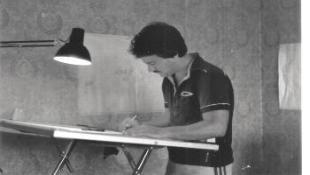

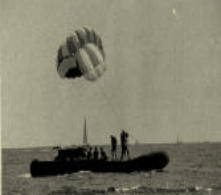
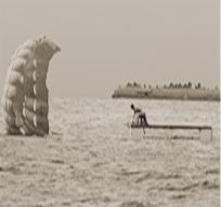

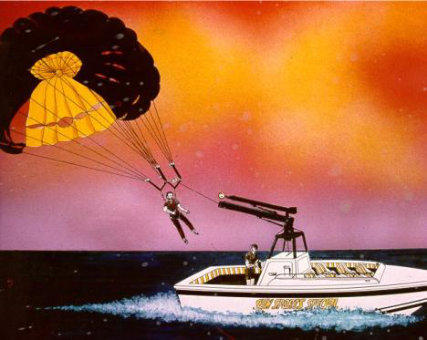

In 1973, McCulloh, designed the first self-contained parasail towing
vessel he called the "Winchboat". The Winchboat system was inspired in part
by the safety issues of the stationary platform, and the complex operation of
the motorized platform.
The original concept drawing combines the motorized parasail platform and
tow vessel together to launch and recover the parasail canopy (via an
inflation system) and parasailor (via a hydraulic winch) from the boats aft
deck.
The goal was to overcome the accidents with the platforms, with increased
safety and efficiently of the operation by using only two crew members to
control the process.
In 1974, McCulloh, began the patent application for the first self-
contained Parasail Vessel he would later tradename "Winchboat". The Patent
Application was filed in September of 1975. This concept was inspired in part by
the safety issues of the stationary platform, and the complex operation of the
motorized platform. The idea was to combined the motorized parasail platform
and tow vessel together to launch and recover the parasail canopy (via an
inflation system) and parasailor (via a hydraulic winch) from the boats aft deck.
SUMMARY OF THE WINCHBOAT INVENTION A principal object of the present
invention is to provide a launching and retrieving apparatus that is most effective
for readily, safely and effectively launching and retrieving a person partaking of
the sport of parasailing. Another object of the present invention is to provide a
parasail launching and retrieving apparatus that is adapted to be mounted on a
vehicle such as a boat and the like wherein the equipment in its non-use
condition is ready for use thereby requiring very little time and effort to strap the
person on the apparatus and launch him and the parasail in a safe manner.

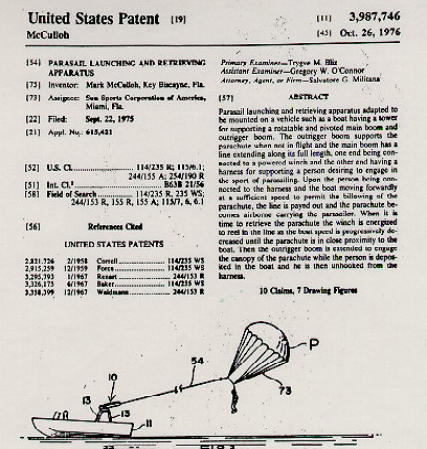
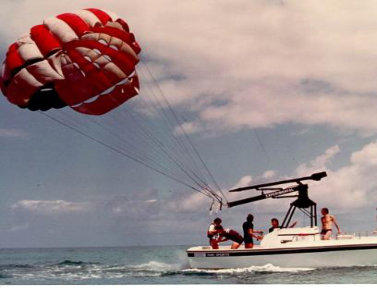
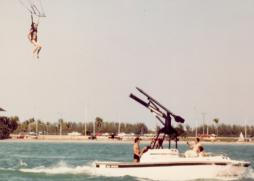
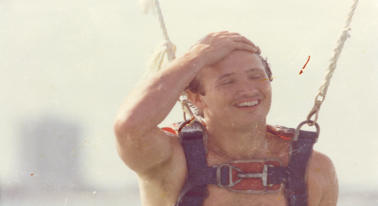
In 1975, McCulloh, formed the first parasail operations company in the US called Sun Sport Corporation
of America, located in Miami, FL and raised capital to fund the Winchboat project, patent and to construct
the first experimental prototype Winchboat using the original pioneer body harness.
After months of trial and error, McCulloh’s Proof-of-Concept Winchboat was successfully tested on
Biscayne Bay at Key Biscayne, Florida along the Rickenbacker causeway.

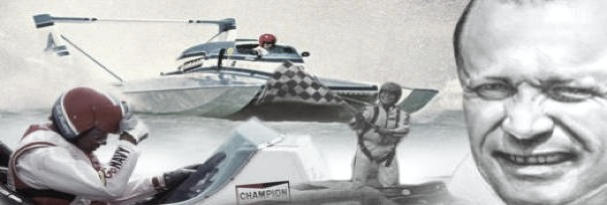
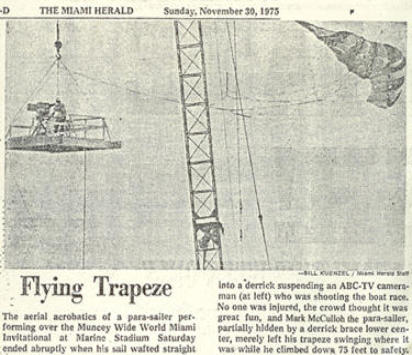
Mark McCulloh

In 1975, Mark McCulloh was asked to perform aerial acrobatics during the
intermission at the Bill Muncey Wide World Miami Invitational Hydroplane races at
the Miami Marine Stadium, the parasail boat operator lost control of the boat,
sending parasailor (”Mark McCulloh”) directly into a the ABC-TV cameraman. He
was not injured and was later interviewed by Frank Gifford.

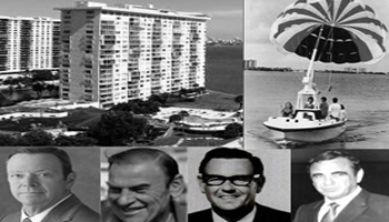
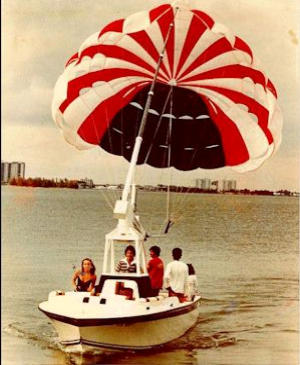
In 1976, US Patent Office granted Mark McCulloh a patent on the “Winchboat”. McCulloh
arranged a demonstration of his new Winchboat with a group high profile corporate investors;
including August Busch the III "President of the Anheuser-Busch", Mr. Bernie Little "owner of the
Miss Budweiser racing team", Mr. Earl Smalley "chairman of Hertz Car Rental" and Mr. Walter
Troutman the "developer of the prestigious Jockey Club" in North Miami Beach, Florida.
Bernie Little, tendered an offer on behalf
of the group to purchase McCulloh’s
patent outright and employ McCulloh to
manage the production and operations
oversight for one (1) year. The offer was
turned down after the group refused to
guarantee promoting the invention under
the Anheuser-Busch brand.

In 1975, Gloria R. Hardy brought the first parasail lawsuit in the US. It was filed against Pioneer Parachute Company (Pioneer Aerospace
Corporation), the parasail canopy manufacturer to recover damages for injuries she sustained during and emergency landing. She asserted
jurisdiction under South Carolina law which she was ruled against. Ms. Hardy appealed a ruling of the district court stating that it lacked
personal jurisdiction over, Pioneer Parachute Co. and Parachutes, Inc. They concluded that the district court had jurisdiction under both South
Carolina's long-arm statute and the federal constitution. Pioneer Parasail hired Mark McCulloh to act as there parasail expert telling the court he
was the most knowledgeable person in parasail operations. A part of the investigation included review of accident reconstruction videos and
witness testimony.
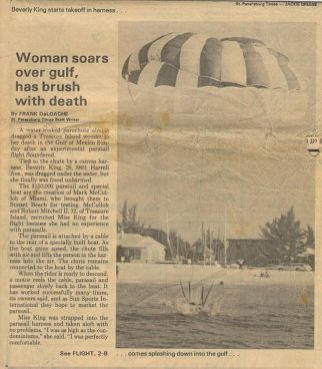
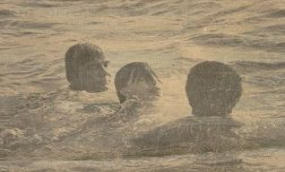
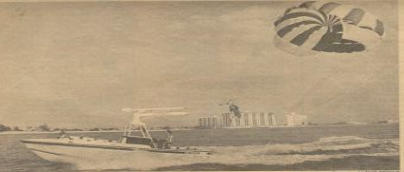
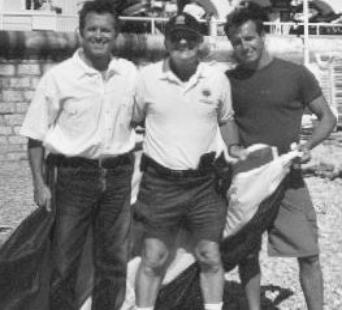
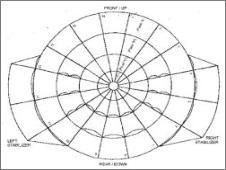
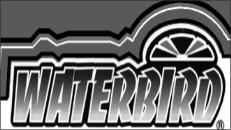
Despite what has been published to the contrary. Brian
Gaskin of Kent, England, together with a group of friends
including Brian Tripp, developed the 16-gore (16 suspension
lines) Parasail that would eventually replace the 24-gore
modified Para Commander sold by pioneer parasail
company. In the same year, Brian Gaskin formed Waterbird
Parakites and began marketing his new 16 panel design
which is now utilized by the majority of commercial parasail
operators around the world. His company Waterbird is still
in operation today, producing commercial and recreational
16-gore parasails.


In 1977, during a demonstration of McCulloh’s Parasail Winchboat with local TV and print media
in St. Petersburg Beach, Florida. The engine seized during the demo flight and the parasailor
descended into the water. Although, the passenger was wearing a life jacket and body harness
equipped with a quick disconnect, she panicked and failed to release herself. To complicate
matters, the parasail canopy started to sink due to strong currents. Unable to keep her head
above the water, even with a life jacket, she had to be rescued by cutting the parasail lines. As a
result of this accident, McCulloh’s 1976 investors withdrew their offer.

In 1978,
McCulloh operated the first parasail concession in USA iin an around Miami
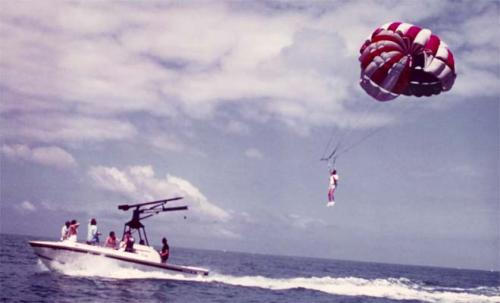
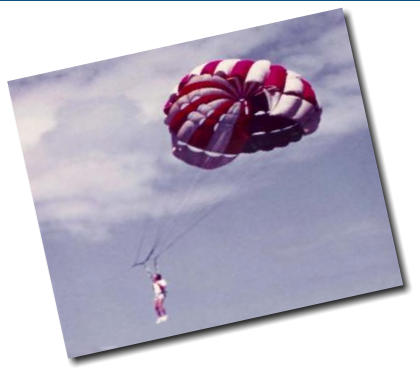
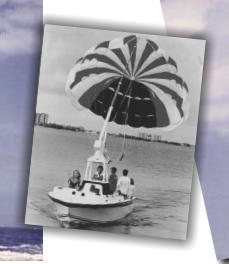

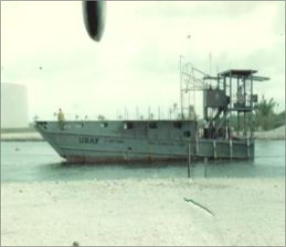
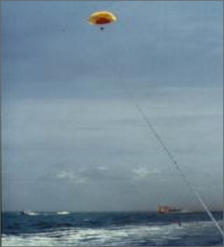
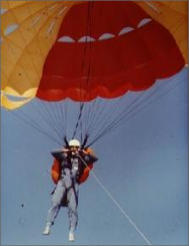
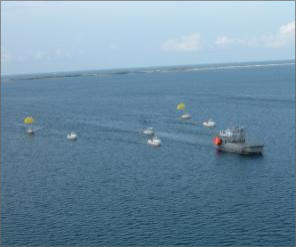
In 1979, The US Air Force in Homestead FL., requested that McCulloh submit a bid proposal to replace their aging motorized parasail launch
platform system with his new Winchboat. At the time, the Water Survival School was operated by the US Air Force even though instructors
were Navy personnel. This motorized “launch only” platform system introduced in the early 70’s assisted in the launch of trainees aloft by a
second vessel to a pre-determined altitude where they disconnected themselves from the parasail using a quick release system. The concept
was to free fall into the water, then use their training skills to escape from the parasail and survive in a mock water landing in high winds and
rough seas.
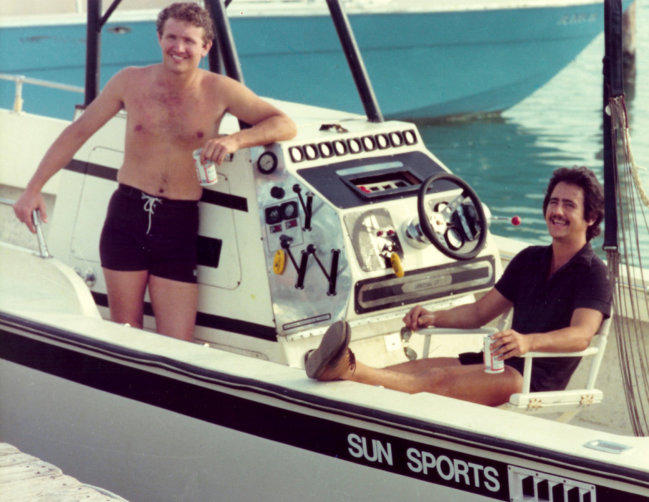



Parasail Safety Council
Main Office The Clayton & McCulloh Office Building 1065 Maitland Center Commons Blvd. Maitland, FL 32751 Telephone : (321-236-1522 Email: mark@parasail.org © 1998-2022 Mark McCulloh - All Rights Reserved
General Disclaimer: This website is provided “as is” without any representations or warranties, express or
implied. Mark McCulloh makes no representations or warranties in relation to this website or the
information and materials provided on this website. Without prejudice to the generality of the foregoing
paragraph, Mark McCulloh does not warrant that: a) this website will be constantly available, or available
at all; or b) the information on this website is complete, true, accurate or non-misleading. Nothing on this
website constitutes, or is meant to constitute, advice of any kind. Limitations of liability: Mark McCulloh
will not be liable to you (whether under the law of contract, the law of torts or otherwise) in relation to the
contents of, or use of, or otherwise in connection with, this website: a) to the extent that the website is
provided free-of-charge, for any direct loss; b)for any indirect, special or consequential loss; or c) for any
business losses, loss of revenue, income, profits or anticipated savings, loss of contracts or business
relationships, loss of reputation or goodwill, or loss or corruption of information or data. These
limitations of liability apply even if Mark McCulloh has been expressly advised of the potential loss. By
using this website, you agree that the exclusions and limitations of liability set out in this website
disclaimer are reasonable. If you do not think they are reasonable, you must not use this website
TESTING PART 1
TESTING PART 2
This was the first parasail accident investigation case that Mark McCulloh’s was hired as an
expert witness and investigator and the beginning of a his long career as an expert witness.











































